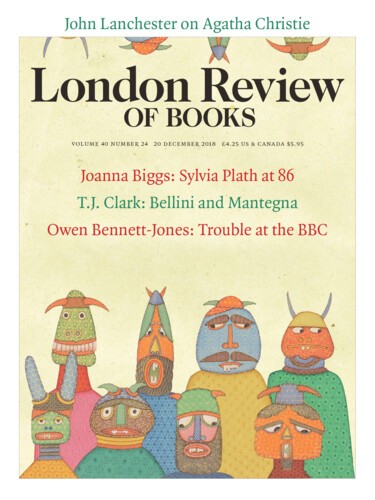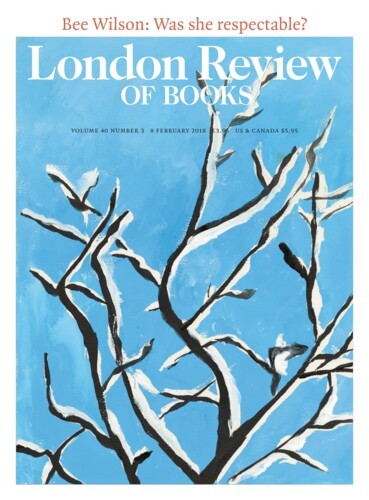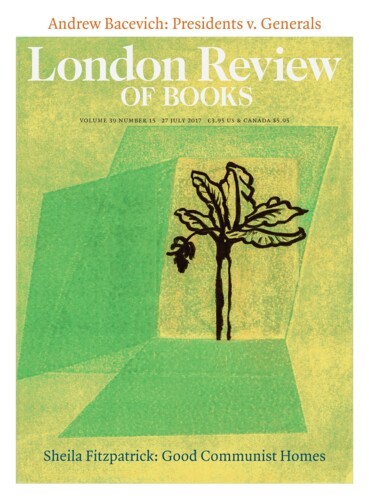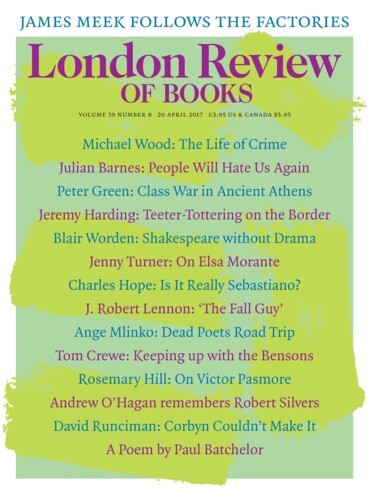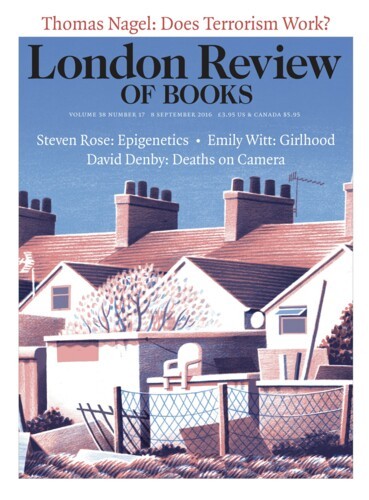Charles Hope
Charles Hope’s most recent book is Titian: Sources and Documents.
Useful Only for Scrap Paper: Michelangelo’s Drawings
Charles Hope, 8 February 2018
The demand for something by his hand was surely an early instance of the kind of celebrity culture with which we are now very familiar. Michelangelo’s contemporaries were certainly in awe of his personality, and this was probably not entirely unrelated to the fact that his name led to endless not entirely unserious suggestions that his work was angelic or divine. Today any sheet of paper that contains so much as a rough sketch by Michelangelo or a line of his very distinctive handwriting has acquired a cachet that makes it almost like a religious relic. Such a sheet gives, or seems to give, a direct access into his way of thinking.
At the Ashmolean: Raphael’s Drawings
Charles Hope, 27 July 2017
Within a generation of Raphael’s death in 1520 it was widely recognised that his career, along with those of Leonardo da Vinci and Michelangelo, marked a turning point in the development of painting in Italy and, by implication, in the rest of Europe. As Pierre-Jean Mariette remarked in 1729, in the so-called Recueil Crozat, a lavish collection of reproductions of famous European...
Help with His Drawing: Is It Really Sebastiano?
Charles Hope, 20 April 2017
The collaboration between Michelangelo and Sebastiano del Piombo, the theme of the beautiful if rather didactic exhibition now at the National Gallery, is one of the strangest episodes in the history of Renaissance art. Sebastiano was born in Venice around 1485, ten years after Michelangelo. Aged about twenty, Sebastiano became attracted by the work of another young local artist,...
Does terrorism work?
7 September 2016
Podcasts & Videos
Giorgione and the Problem of Attribution
Charles Hope
Charles Hope tries to find Giorgione at the Royal Academy’s exhibition, In the Age of Giorgione.
Pieces about Charles Hope in the LRB
Titian’s Mythologies
Thomas Puttfarken, 2 April 1981
If Titian’s reputation were to be assessed by the number and quality of the monographs devoted to him during this century, it would be hard to believe that he was one of the greatest...
Read anywhere with the London Review of Books app, available now from the App Store for Apple devices, Google Play for Android devices and Amazon for your Kindle Fire.
Sign up to our newsletter
For highlights from the latest issue, our archive and the blog, as well as news, events and exclusive promotions.
